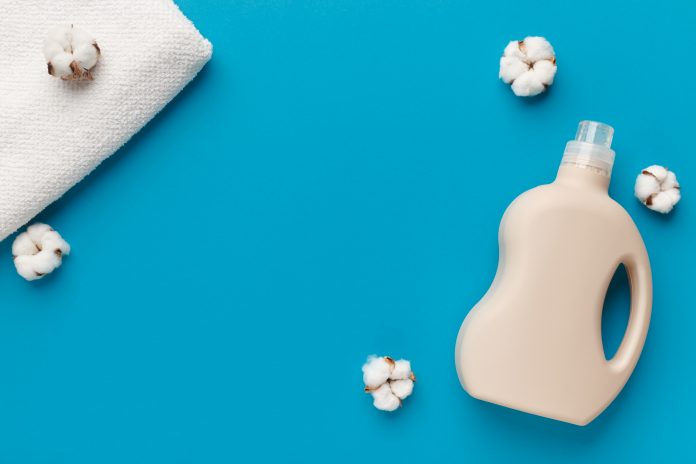A new study, published in Environment International, has found that bioplastics are just as toxic as conventional plastics, despite its many benefits
Conventional plastic is made from oil and is unsustainable to produce, not to mention dangerous if ingested. In recent years, bioplastics have come onto the market as an alternative. It is typically made from recycled material or plant cellulose and can be biodegradable.
Researchers have recently learned that bioplastics are just as toxic as conventional plastic and are not any safer.
Lisa Zimmermann from Goethe Universität in Frankfurt and lead author of the study points out that products based on cellulose and starch contained the most chemicals and also triggered stronger toxic reactions under laboratory conditions
“Three out of four of these plastic products contain substances that we know are dangerous under laboratory conditions, the same as for conventional plastic,” says Martin Wagner, associate professor at the Norwegian University of Science and Technology‘s Department of Biology and a collaborator for PlastX.
PlastX
PlastX, a research group at the Institut für sozial-ökologische Forschung (ISOE) in Frankfurt has just led the work on the largest survey to date of chemicals in bioplastics and plastics made from plant-based materials.
The group studied 43 different plastic products, including disposable cutlery, chocolate packaging paper, drink bottles and wine corks and found that 80% of the products contained more than 1000 different chemicals. Some of them as many as 20 000 chemicals.
Currently, the consequences for the environment and people’s health are still uncertain and we don’t know to what extent the substances in plastic are transferable to humans. Nor do we know whether the alternatives are any better, since so many factors come into play. For example, they may involve polluting production methods and limit opportunities for recycling.
“Making general statements about certain materials becomes almost impossible,” concludes Wagner.












The prime driver of the global bioplastic market is the growing demand for plastic and the need to employ more sustainable alternatives to reduce carbon footprint.